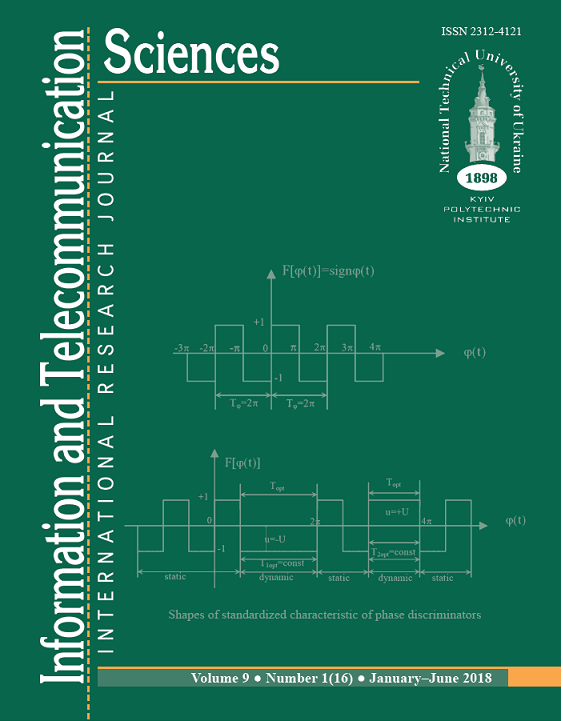MATHEMATICAL MODEL OF E-LEARNING TRANSACTION PROCESS
DOI:
https://doi.org/10.20535/2411-2976.12018.43-48Keywords:
E-learning, electronic educational resources, hyper-converged platform.Abstract
Background. In the case of hyper-converged management, granular updating of the system is impossible. In addition, the processing time of transactions compared to distributed systems increases. Therefore, the task of ensuring the timely execution of transactions is relevant.
Objective. The aim of the paper is to develop a mathematical model of e-learning transactions in a hyper-converged environment supporting electronic educational resources. In this model, timely execution of transaction requests minimizes the costs of the computing resource.
Methods. A two-stage method for constructing a mathematical model is proposed. At the first stage, a set of valid transaction options for resources is defined. At the second stage, there is an optimal time allocation of resources between transactions.
Results. A mathematical model of the transaction process is developed. The adequacy of the model is verified with the help of the simulation model.
Conclusions. A mathematical model of e-learning transactions in a hyper-converged environment supporting electronic educational resources is proposed. This model allows minimizing the cost of a computational resource with timely execution of transaction requests.
Keywords: E-learning; electronic educational resources; hyper-converged platform.
References
“Babson Survey Research Group. Online Learning”, available at: https://www.onlinelearningsurvey.com (accessed 23 April 2017).
Udaya, Sri, Vamsi, K. and Krishna T. V. (2014), “ELearning: Technological Development in Teaching for school kids”, International Journal of Computer Science and Information Technologies, pp. 6124—6126.
“Babson Study: Over 6.7 Million Students Learning Online”, available at: http://sloanconsortium.org/news_press/january2013_newstudy-
over-67-million-students-learning-online (accessed 23 April 2017).
Welsh, E, Wanberg, C, Brown, K and Simmering, M (2003), “E-Learning: emerging issues, empirical results and future directions”, International Journal of Training and Development, 8 (4), pp. 245-258.
Brodo, J. A. (2006) “Today's Ecosystem of E-learning”, Trainer Talk. Vol. 3, No. 4, available at: : http://enewsbuilder.net/salesmarketing/e_article000615779.cfm (accessed 23 April 2017).
White Paper: Riverbed Hyper-converged Edge, available at: https://www.riverbed.com/document-repository/whitepaper-riverbed-hyper-converged-edge.html (accessed 23 April 2017).
Черняк, Л. (2012), “Время конвергентных инфраструктур”, Открытые системы. СУБД, № 4, available at: https://www.osp.ru/os/2012/04/13015754/ (accessed 23 April 2017).
Ганьжа, Д. (2016), “Гиперконвергенция: ИТ-инфраструктура на раз, два, три”, /Журнал сетевых решений,. № 5, available at:
www.osp.ru/lan/2016/05/13049349 (accessed 23 April 2017).
Downloads
Published
How to Cite
Issue
Section
License
The ownership of copyright remains with the Authors.
Authors may use their own material in other publications provided that the Journal is acknowledged as the original place of publication and National Technical University of Ukraine “Igor Sikorsky Kyiv Polytechnic Institute” as the Publisher.
ITS articles are published under Creative Commons licence:
- Authors retain copyright and grant the journal right of first publication with the work simultaneously licensed under CC BY 4.0that allows others to share the work with an acknowledgement of the work's authorship and initial publication in this journal.
- Authors are able to enter into separate, additional contractual arrangements for the non-exclusive distribution of the journal's published version of the work (e.g., post it to an institutional repository or publish it in a book), with an acknowledgement of its initial publication in this journal.
- Authors are permitted and encouraged to post their work online (e.g., in institutional repositories or on their website) prior to and during the submission process, as it can lead to productive exchanges, as well as earlier and greater citation of published work.

